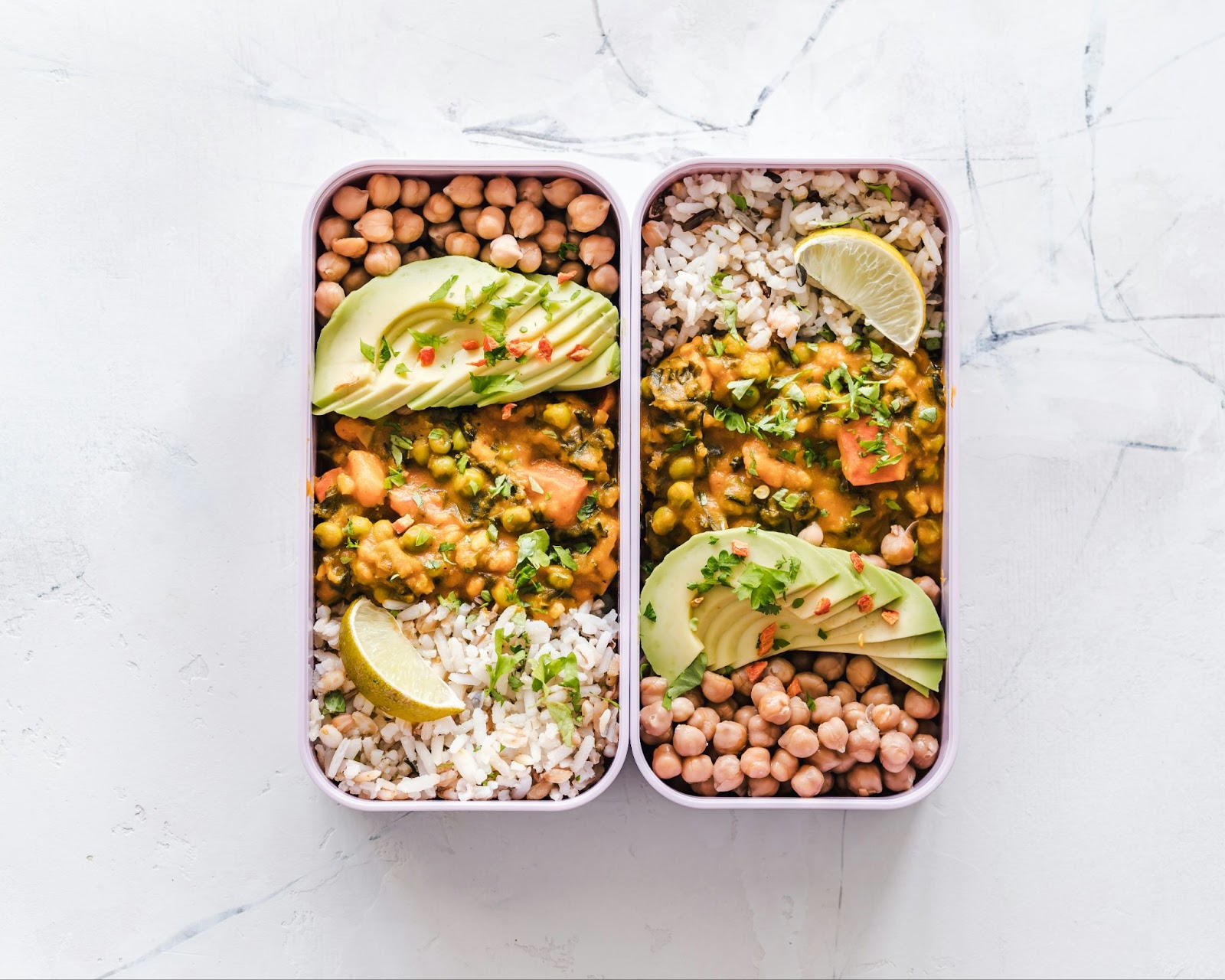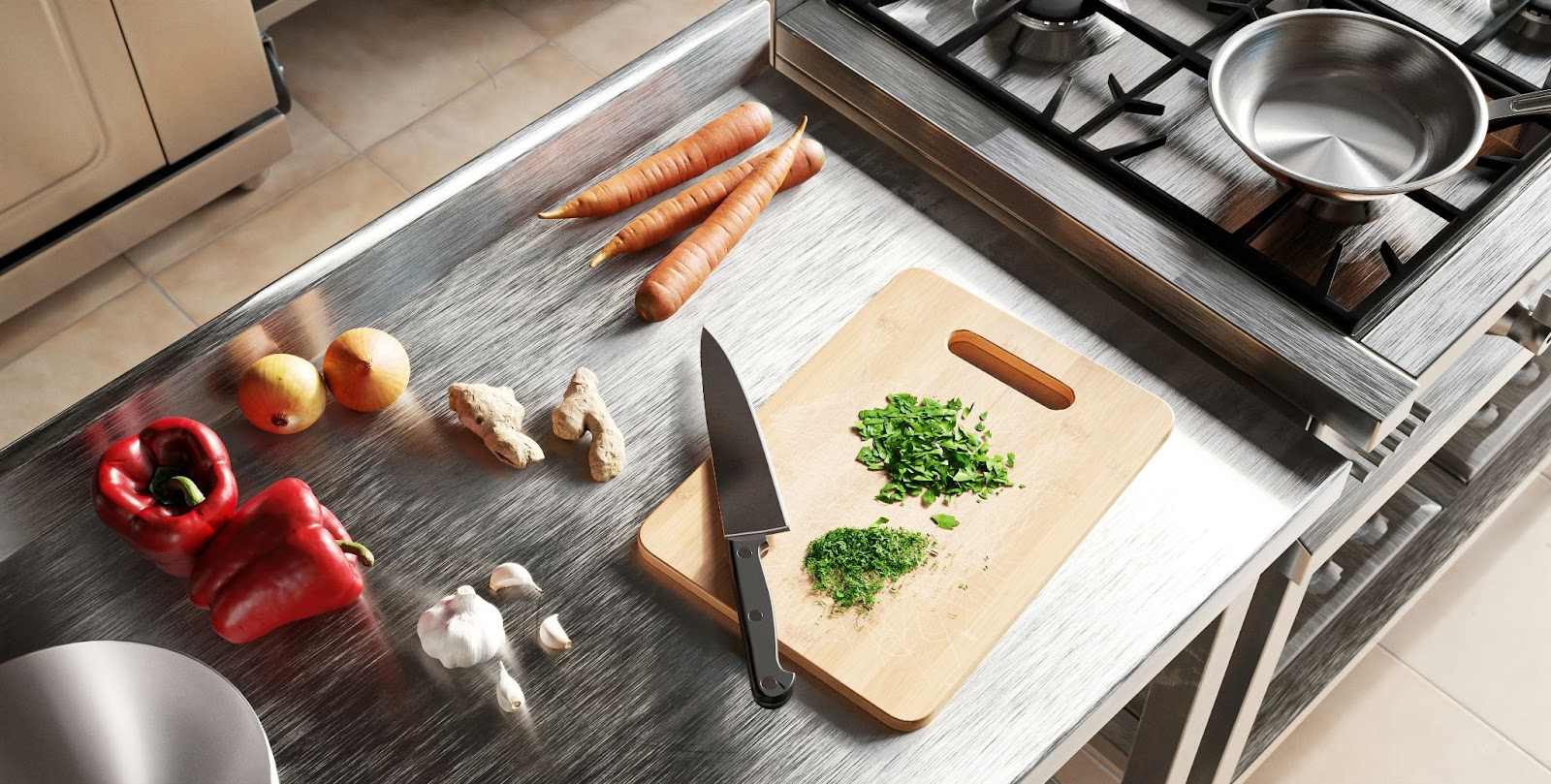You've perfected your recipes, sourced your ingredients, and are ready to turn your passion into a business. But now you're facing the single most critical decision that will determine your success or failure: how to price your meals.
Get it wrong, and you'll either work yourself to exhaustion for little profit or scare away customers before they even taste your food. Get it right, and you'll build a sustainable, scalable business that thrives.
Data from successful meal prep operators shows that businesses with structured pricing strategies achieve 40% higher profit margins than those using simple cost-plus models.
As Hava Volterra of Parsley, who has analyzed operations from startups to million-meal businesses, explains: "To be profitable, you need to price things well. And in order to price things well, you need all the controls... You need to know how much each recipe is going to cost you each portion. You want to know that upfront, not after you've run it a few times."
The prepared meals market is a $177.58 billion global opportunity, and you deserve a piece of it. This guide will give you the framework to price with confidence, moving beyond simple cost calculations to a model that reflects your true value and maximizes your revenue.

When starting out, the default for many entrepreneurs is a simple "cost-plus" model. You calculate the cost of ingredients, add a bit for your time, and tack on a desired profit margin. It seems logical, but it's the fastest way to leave money on the table.
Cost-plus pricing completely ignores the most important factor: the value you provide to your customer. You aren't just selling chicken and broccoli; you're selling time, convenience, health, and peace of mind. Your pricing should reflect that.
This guide will show you how to build a foundation on your true costs but layer it with value-based strategies that attract the right customers and build a truly profitable business.
Before you can set a price, you must have an unshakable understanding of your expenses. Many owners make the mistake of only calculating their food costs, leading to a distorted view of profitability.
This is the direct cost of the ingredients in every meal you produce. Be ruthlessly detailed.
Main Ingredients: Chicken, beef, fish, tofu, rice, quinoa, vegetables
Secondary Ingredients: Spices, oils, sauces, marinades, garnishes. These add up quickly.
Packaging: Containers, lids, labels, bags, and insulated liners
Pro Tip: Create a master spreadsheet that breaks down the cost of each ingredient by weight or unit (e.g., cost per ounce of chicken breast). This allows you to accurately calculate the COGS for every single recipe on your menu.
Your time is your most valuable asset. It is not free. Even if you're a solo operator, you must pay yourself.
Calculate Your Hourly Rate: Decide on a fair hourly wage for yourself and any staff.
Time Your Processes: How long does it take to prep, cook, plate, and package one meal or a full batch?
Formula: (Your Hourly Rate × Time to Produce) ÷ Number of Meals = Labor Cost Per Meal
Failing to include labor costs is a critical error seen in many struggling businesses.
These are the fixed expenses required to keep your business running, whether you sell one meal or one hundred.
Kitchen Rent: Commercial kitchen space or a portion of your home utility bills
Software & Subscriptions: Website hosting, online ordering systems, and marketing tools. A specialized solution can consolidate many of these costs.
Marketing & Advertising: Social media ads, flyers, website development
Licenses & Insurance: Business licenses, food handler permits, liability insurance
Utilities: Gas, electricity, water
Add up your monthly overhead and divide it by the number of meals you realistically expect to sell in a month to get your overhead cost per meal.
Your True Cost Per Meal = COGS + Labor Cost + Overhead Cost
With your costs calculated, it's time to see what your market will bear. Researching competitors isn't about copying their prices; it's about understanding your position.
Local Competitors: Google "meal prep [Your City]". Who shows up? Analyze their offerings, the quality of their websites, and their pricing. Are they targeting busy professionals, budget-conscious families, or elite athletes?
National B2C Brands: Look at services like HelloFresh, Factor, and Freshly. While their business model is different, they shape customer expectations for what a meal subscription should cost, with weekly prices often ranging from $50 to $150.
Position Yourself: Based on your research and brand identity, decide where you fit.
Research shows customization is a major trend and a key reason customers will pay more.

Now you can combine your cost analysis and market research to choose a pricing structure. Most successful businesses use a hybrid approach, but understanding each model is key.
How it works: Customers buy individual meals, à la carte style.
Pros: Simple for customers to understand. Low commitment, which can attract first-time buyers.
Cons: Unpredictable revenue. Makes production planning difficult. Can result in lower customer lifetime value.
How it works: Customers commit to a recurring weekly or monthly plan (e.g., 5, 10, or 15 meals per week).
Pros: The gold standard for meal prep. Creates predictable, recurring revenue. Simplifies inventory and production. Fosters customer loyalty.
Cons: Higher initial commitment can be a barrier for some customers.
How it works: You create distinct packages based on value, not just quantity. This is a powerful strategy to capture different segments of the market.
Example Tiers:
Pros: Appeals to a wider range of customers and budgets. Clearly communicates the value of higher-priced options.
Cons: Can become complex if you offer too many tiers.
This is where you graduate from simply covering costs to strategically engineering your profitability.
Charm Pricing: The power of $.99. A meal priced at $14.99 feels significantly cheaper than one priced at $15.00. It's a small change with a real psychological impact.
Price Anchoring: When presenting your options, list the most expensive package first. This "anchors" a higher price in the customer's mind, making your other packages seem more reasonable in comparison.
Bundling: Increase your average order value by bundling items. Instead of just selling meals, offer a "Lunch & Dinner Pack" or a "5-Day Complete" package that includes a breakfast item or a healthy snack for a slight discount.
Discounts can attract new customers, but overuse can devalue your brand. Use them strategically.
First-Time Order Discount: Offer 10% off or free delivery on their first order to lower the barrier to entry.
Referral Program: Reward existing customers for bringing you new ones. This is powerful, low-cost marketing.
Avoid Constant Sales: If your food is always "on sale," customers will never pay full price.
The Data-Driven Approach
Brad Miller's journey illustrates the importance of understanding your numbers: "I jumped into this with nothing... credit card and a few trusted friends... if you keep pushing through the fear, keep up the courage. Keep knowing that what you're doing will succeed and there's a need in the market."
His success came from combining passion with precise cost control and pricing strategy.
Scaling Through Value Perception
Melanie Geist demonstrates how quality justifies premium pricing: "You're going to have to look for it and you're going to have to be willing to spend more time on sourcing... if you're making things really complicated in one way, okay, then how can we streamline this in another."
Her focus on premium sourcing allows her to command higher prices while maintaining customer loyalty.
Let's see how this works in practice, using numbers sourced from real-world operator discussions.

Q: My costs are high. What if my prices seem too expensive?
A: This is a value communication problem, not a pricing problem. Your website, photos, and descriptions must scream quality. Use premium packaging. Highlight what makes you different: organic ingredients, unique recipes, hyper-local sourcing, or perfect macro calculations. Customers will pay more when they understand the value they're receiving.
Q: How often should I review or change my prices?
A: Review your costs quarterly and your pricing strategy annually. If you face a significant and sustained increase in ingredient costs (e.g., the price of chicken skyrockets), you must adjust your prices. Be transparent and give your customers advance notice.
Q: Should I display my prices on my website?
A: Absolutely. Transparency builds trust. Hiding your prices creates friction and makes potential customers assume it's too expensive. A clear, easy-to-understand pricing page is essential. An effective online ordering system is crucial for presenting this information clearly and managing different pricing models automatically.
Q: How can software help me manage my pricing?
A: The right software is a game-changer. A platform built for meal prep can automate recurring subscription billing, make it easy to create tiered plans and bundles, and track sales data to show you which items are most profitable. This frees you from administrative headaches and gives you the data to make smarter pricing decisions.
Your pricing strategy is more than numbers on a page—it tells the story of your brand, your quality, and your value. By moving beyond a simple cost-plus model to a strategic, value-based framework, you're not just selling meals; you're building a resilient and profitable business.
Ready to implement these strategies with confidence? Join our Launch Accelerator program and get expert coaching on pricing strategy, financial modeling, and the operational systems that turn pricing theory into profitable reality.
The meal prep market rewards operators who understand their true value and price accordingly. Your ingredients are just the beginning—your pricing strategy is how you capture the full value you create.
Price is what you pay. Value is what you get. When you align the two correctly, you build a business that customers choose again and again.
Book your free strategy session with a meal prep growth advisor. We’ll discuss:



Book a call with a Bottle Meal Prep Advisor